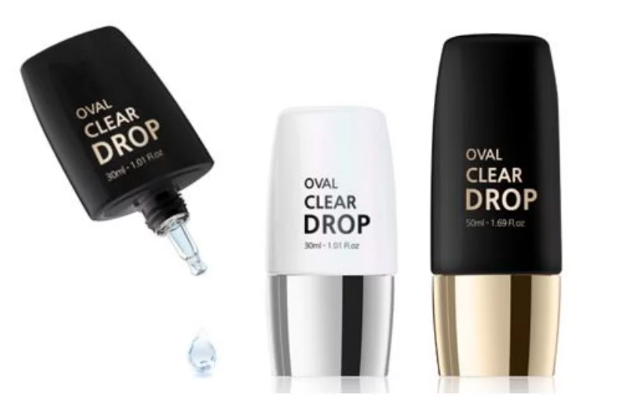
Beauty to the door: What is the definition of good e-commerce cosmetic containers
Five packaging questions to consider before your product leaves the production line to conquer the e-commerce dimension of the beauty market:
What’s inside?
…or, what special conditions does the product require. Fluids, for example, need a double check of the container-closure tightness, especially under extreme transportation conditions;
What’s the shipping method?
Postal, courier or pick-up point delivery – each type has its own transportation and warehousing safety standards. Will the product and the container be able to make all the way through whichever path was chosen – that is another aspect never to be ignored;
How fragile is the product?
Glass container require a lot of additional shipping packaging just by default, especially when it comes to containers above 30ml. A plastic bottle may crack or break open, yet this happens way too scarcely to take for a rule. In case of plastic containers, though, closure tightness and leakage security should be the primary concern;
What’s the best packaging size?
Size optimization is first of all about reducing empty space, which has too be filled with buffering and other filling materials for the product’s safety. Sometimes the total packaging size can be reduced by up to 20-30% through simply replacing a lotion pump by a disc-top cap. Less empty space means less extra packaging fillers, which in the long run and industrial scale results in notable budget saving. Besides, a lot of people still tend to make purchases not too frequently, but with higher amount of SKU’s instead. In this view, the secureness of each product in a full box of cosmetic treaties, becomes another crucial point to take care of;
Is it eco-friendly?
And the second shot right away – doesn’t our eco initiative turn into greenwashing in the outcome? ECO (whatever is labelled so) is the biggest nowadays’ celebrity. Luckily, current state of “green” packaging materials allows the use them in e-commerce worry-free. PCR, containers made of materials from renewable resources, lightweight versions of classic packaging, refillable systems – all this is great for the planet, the brand’s image, and the customers’ ego. E-commerce, however, implies significant amounts of secondary packaging, fillers, POS, discount coupons (90% of which should have been replaced by QR-codes like 5 years ago). As a result, a brand-new ECO 20% weight-reduced jar, saving 15g less plastic, may arrive to the customer accompanied by half a kilogram of paper waste in box twice as big as actually needed.
What can the packaging industry offer the e-commerce beauty brands?
To be clear, (almost) any container can be OK for shipping, once properly secured. Why, though, stick to ordinary, when there’s a ton of ways to break the borders and make extra impression.
In general, e-commerce containers and closures stand out through two main features:
1 – additional secureness upgrade. There’s a lot options to choose among: lotion pumps with a stopper, socket plugs for dosing orifices, tamper evident sealings, which also provide extra anti-leakage secureness; twist-up airless bottles (ones that get activated by pushing the pump out of the body by rotation of the collar), push-lock caps, that remain leak-proof even through intense shaking, and so on.
2 type – compact containers and new shapes, that save space both on the shelf and inside the box. Such as our e-commerce tailored flat square bottles New Dallas, or the well-known tottles (bot with classic snap-op flip-tops, or more sophisticated solutions with built-in droppers – plus the whole range of “portable” containers of 30-50 ml capacity and below. Closure manufacturers also have something to offer, like Giflor does with their famous Eco Low Profile snap-ons. Another solution popular with ECO savvy brands – lightweight versions of existent containers. Reduced weight makes the product cheaper through lower usage of material, energy and fuel in production and logistics, which also reduces the impact on the environment.

